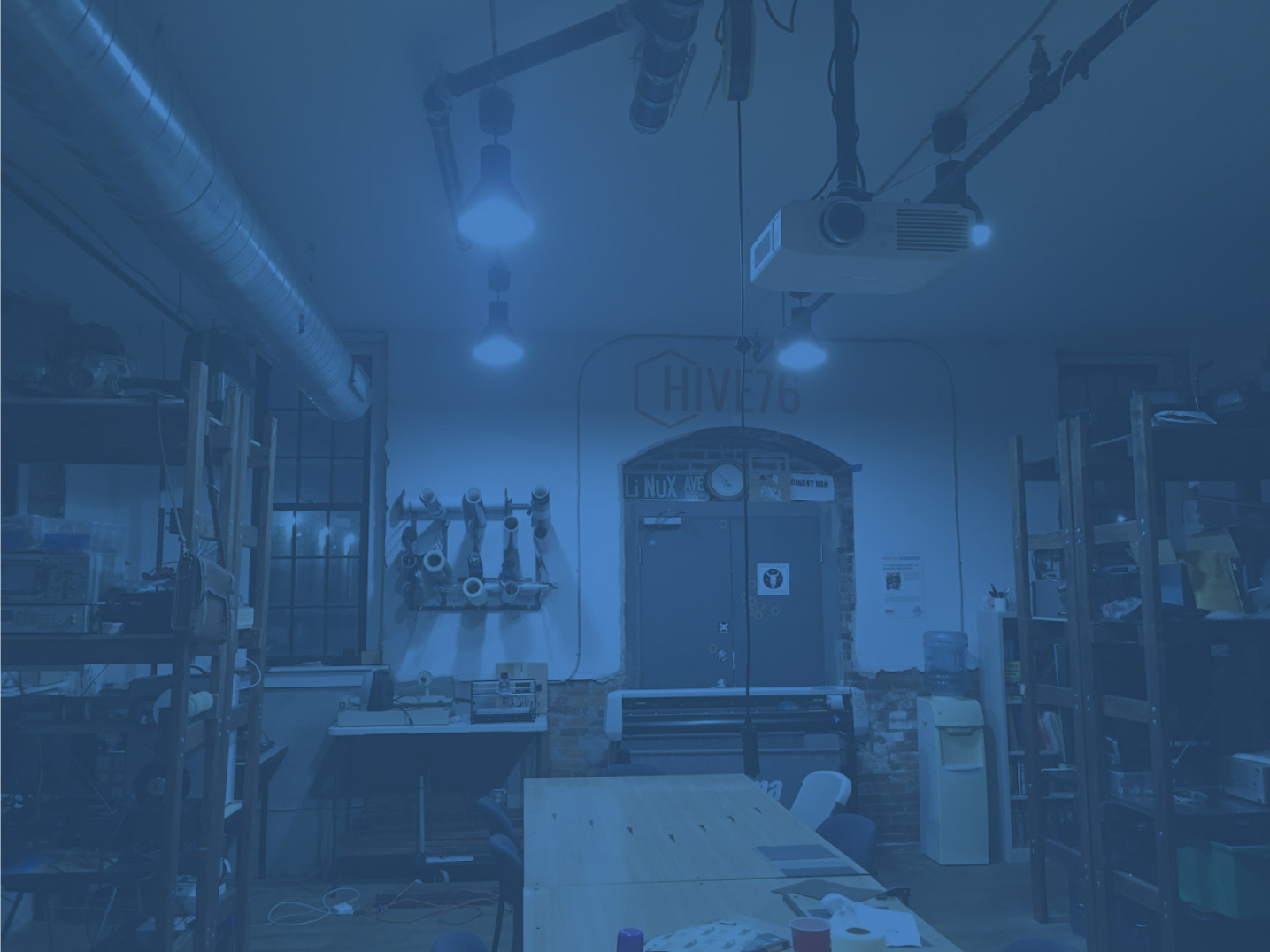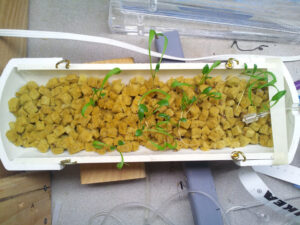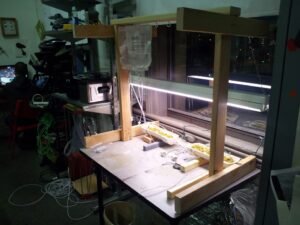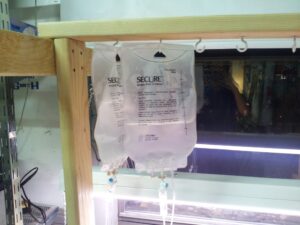I finally finished the hydroponic garden I’ve been building at Hive76 for the past few months. The plants have just started to sprout, so it will be at least another month before they can be harvested. But when they are ready, if you want to take some cuttings for yourself at open house you’re more than welcome to. Right now I am growing basil, thyme, oregano and morning glories.
Unfortunately, I’m spending the rest of the summer in Germany so I won’t be at open house to answer any questions in person, but I will be back in September. In the mean time I’ll start posting the blueprints of the hydrogarden, so anyone will be able to build one if they want. Hope to have more of the details next week!
Thanks, to Pete for agreeing to watch my plants while I’m gone, Rob for letting me steal his wood and carpentry techniques to build the frame, and Jordan for helping to design the caster flat bed and general support!













 I’ve been wanting to teach a class on how to make DIY/handmade personal care products for a while (a long while) now. Now, finally, it is happening! On Sunday, December 2nd, from 12-2:30pm, come learn how to craft your own personal care/beauty products from all natural ingredients! Together we will create a variety of body care products– such as aluminum-free deodorant, fabric softener, lip balms, and hand salves– using simple, inexpensive recipes composed of non-toxic materials like cornstarch, olive and coconut oils, beeswax, dried herbs, honey, and essential oils. We will also learn how benign, common household ingredients like baking soda, vinegar, salt, lemon, and hydrogen peroxide can be used to effectively clean around the home. Everyone will leave the class with their own handmade samples of lip balm, deodorant, fabric softener/scented sachet, and hand salve. Sounds like fun, doesn’t it? I’m super excited to share the processes, recipes, and resources I’ve come across/developed/tweaked over the past couple of years of making my own personal care and cleaning products. Not only is it a fun way to spend an afternoon, but it feels empowering to have control and awareness of what goes on your body. I’ll be showing you just a few more ways that you can avoid consuming—and embrace making—in other aspects of your life!
I’ve been wanting to teach a class on how to make DIY/handmade personal care products for a while (a long while) now. Now, finally, it is happening! On Sunday, December 2nd, from 12-2:30pm, come learn how to craft your own personal care/beauty products from all natural ingredients! Together we will create a variety of body care products– such as aluminum-free deodorant, fabric softener, lip balms, and hand salves– using simple, inexpensive recipes composed of non-toxic materials like cornstarch, olive and coconut oils, beeswax, dried herbs, honey, and essential oils. We will also learn how benign, common household ingredients like baking soda, vinegar, salt, lemon, and hydrogen peroxide can be used to effectively clean around the home. Everyone will leave the class with their own handmade samples of lip balm, deodorant, fabric softener/scented sachet, and hand salve. Sounds like fun, doesn’t it? I’m super excited to share the processes, recipes, and resources I’ve come across/developed/tweaked over the past couple of years of making my own personal care and cleaning products. Not only is it a fun way to spend an afternoon, but it feels empowering to have control and awareness of what goes on your body. I’ll be showing you just a few more ways that you can avoid consuming—and embrace making—in other aspects of your life!

